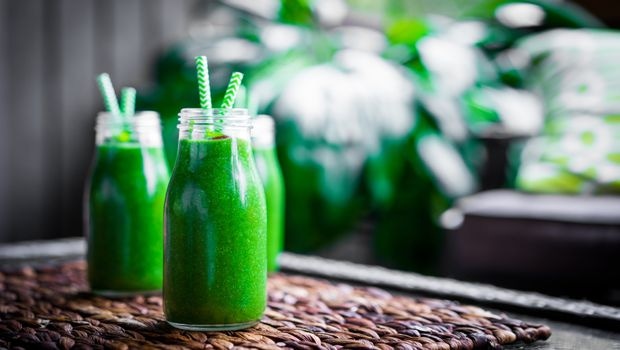Yesterday I discussed the future of functional beverages—how new beverage formats, such as protein water, are now possible because of emerging technologies, and the role Millennials and Boomers are playing in the beverage development. Inside the functional beverage trend is everyone’s favorite ingredient: protein.
December 18, 2015

Yesterday I discussed the future of functional beverages—how new beverage formats, such as protein water, are now possible because of emerging technologies, and the role Millennials and Boomers are playing in the beverage development. Inside the functional beverage trend is everyone’s favorite ingredient: protein.
Protein and beverages have been a heartwarming pair for some time now, and that trend isn’t going to slow in 2016. In fact, protein’s popularity in beverages will grow in 2016 as protein ingredients continue to diversify alongside beverage formats and flavors.
Protein infiltrated nearly every beverage category in 2015 (Can you say protein beer?). Other eccentric and innovative protein beverages include protein-fortified energy drinks (take Muscle Monster, for example), protein tea (Blu Dot Protein Tea), protein juices (Naked Protein Zone, for example), protein coconut waters, protein waters, protein almond milk … you get the picture. To top it off, product developers put an extra twist on their functional beverages by combining protein with other functional ingredients, such as protein and probiotics. (Check out product examples from Natural Products Expo West 2015 here.) It’s safe to say 2014 and 2015 were innovative years for protein.
So where does this leave protein and beverages in 2016?
In 2016, the emphasis will be on quality, especially as consumer lifestyle preferences—such as an increased focus on plant-based eating, vegetarianism and new “flexitarian" diets—will impact product development and push the focus toward plant-based protein options. It’s no secret that some plant-derived protein ingredients pose challenges in beverage formulation (think off-notes and texture challenges from pea protein, for example). However, advancements in ingredient technologies have resolved several of these issues, making it possible for developers to create products that don’t sacrifice taste or texture for function.
Innovators need not be discouraged—there’s still room for protein innovation in 2016, especially for the daring. While insect proteins have yet to make their mark in the market, their time is rapidly approaching. Cricket protein, for example, is free from allergens, soy, dairy and gluten and could be the most sustainable protein source on the market. Manufacturers who get ahead of the insect curve could be on top of the protein beverages category in 2016. However, to be successful will require creative branding (check out this cricket protein-fortified baking flour).
Want to learn more about functional beverage trends and product development? INSIDER offers a plethora of resources to help you stay ahead of the game in 2016:
Beverages with Benefits free Digital Issue
Let’s raise our glasses to a successful 2016!
About the Author(s)
You May Also Like






.png?width=800&auto=webp&quality=80&disable=upscale)